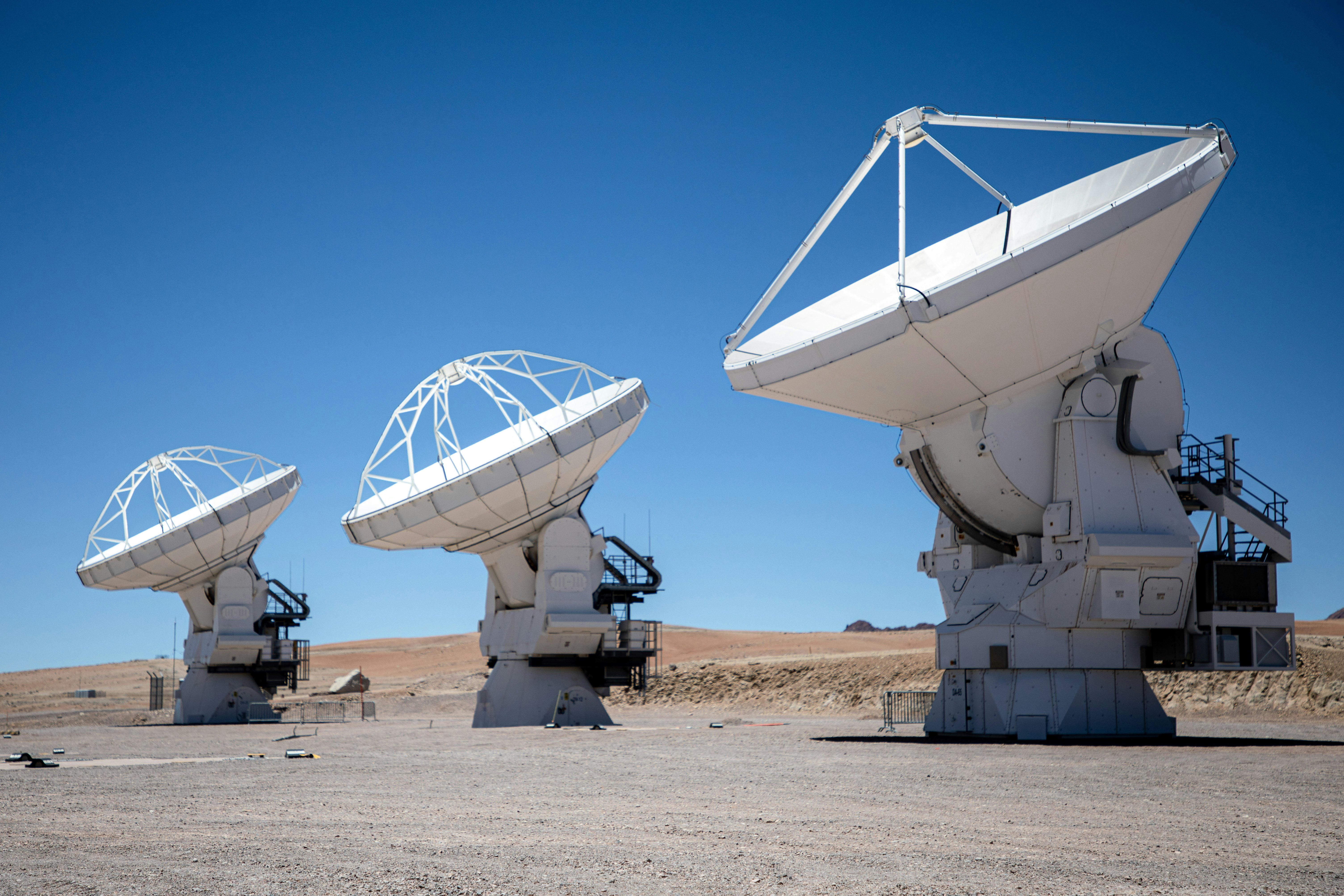
What are the chances that we’ll hear from an alien civilization someday?
We have no way to estimate how many civilizations might develop the technology for interstellar communication. But University of Rome astronomer Amedeo Balbi and University of Rochester astrophysicist Adam Frank suggest that we could start by figuring out how many planets have atmospheres with enough oxygen to start a fire. They published their work in a recent preprint paper (which has not yet been peer-reviewed).

You Can’t Have Radio Telescopes Without Fire
Most of the time, the search for extraterrestrial intelligence (SETI) means looking for pretty high-tech things: radio signals, giant gleaming cityscapes, interstellar probes, or Dyson spheres. However, building those things requires the ability to work metal, make rocket engines work, and do lots of sophisticated manufacturing. And since all of those things require combustion, you can’t do any of them unless your planet’s atmosphere is at least 16 percent oxygen, and you’re better off with at least 18.5 percent.
In other words, say Balbi and Frank, astronomers looking for signs of high-tech alien civilizations should focus their efforts on planets with oxygen-rich atmospheres.
No fire means no cooking, no heat to survive climate shifts or ventures into colder regions, and no light to paint by in the dark depths of caves. And no fire means no smelting or metalworking, no power for machinery, and no industry that could produce things like radio antennas, solar panels, or spacecraft (bonus points: no fire also means no rockets). A civilization without fire would never be able to contact us, and they wouldn’t be able to make anything we could see from Earth.
It’s entirely possible for a species at least as intelligent us to evolve and learn how make tools, use language, create art, and maybe even domesticate some plants and animals — but never unlock fire. These hypothetical aliens may thriving somewhere out there, with a vibrant culture and a rich history, but they’re pretty much invisible to us.

What Does It All Mean?
If Balbi and Frank are right, we’re a step closer to figuring out our chances of hearing from aliens.
Sixty years ago, astronomer Frank Drake suggested that we could actually calculate the odds, if we know how many stars exist, how many of those stars have planets, and how many of those planets can support life. We also need to know how many of those habitable planets are actually inhabited, how many of those life forms evolve intelligence, and how many of those intelligent aliens develop the technology to communicate across the vastness of space.
Today, we’ve got a pretty good handle on the first two questions, and JWST is helping astronomers close in on the third. One step toward answering the last question might involve figuring out how many planets’ atmospheres have enough oxygen to let aliens use fire. But that’s not going to be easy.
“This is a tough question to answer: the amount of atmospheric oxygen depends on the interplay of many phenomena, involving geology, astrophysics, climate, biology, etc.,” Balbi tells Inverse. “We are still not able to produce reliable predictions for generic planets. We certainly need more data from exoplanets and more theory.” Getting there requires more detailed measurements of exoplanet atmospheres and more computer modeling of how planets form and evolve.
Meanwhile, if astronomers spot something that looks like alien technology — the glint of starlight on a solar farm, a telltale radio signal, or maybe an orbiting megastructure — on a planet without enough oxygen to light a fire, they should take that data with a grain of salt.
“We argue that the lack of oxygen in a planet's atmosphere would weaken the case for the artificial origin of an anomalous signal, as it would make less probable that a technological civilization developed on such a planet,” Balbi says.
And if there’s life waiting beneath the ice of a chilly moon like Europa or Enceladus, it may turn out to be intelligent — but it almost certainly won’t be a high-tech society.



!["[T]he First and Fifth Amendments Require ICE to Provide Information About the Whereabouts of a Detained Person"](https://images.inkl.com/s3/publisher/cover/212/reason-cover.png?w=600)



